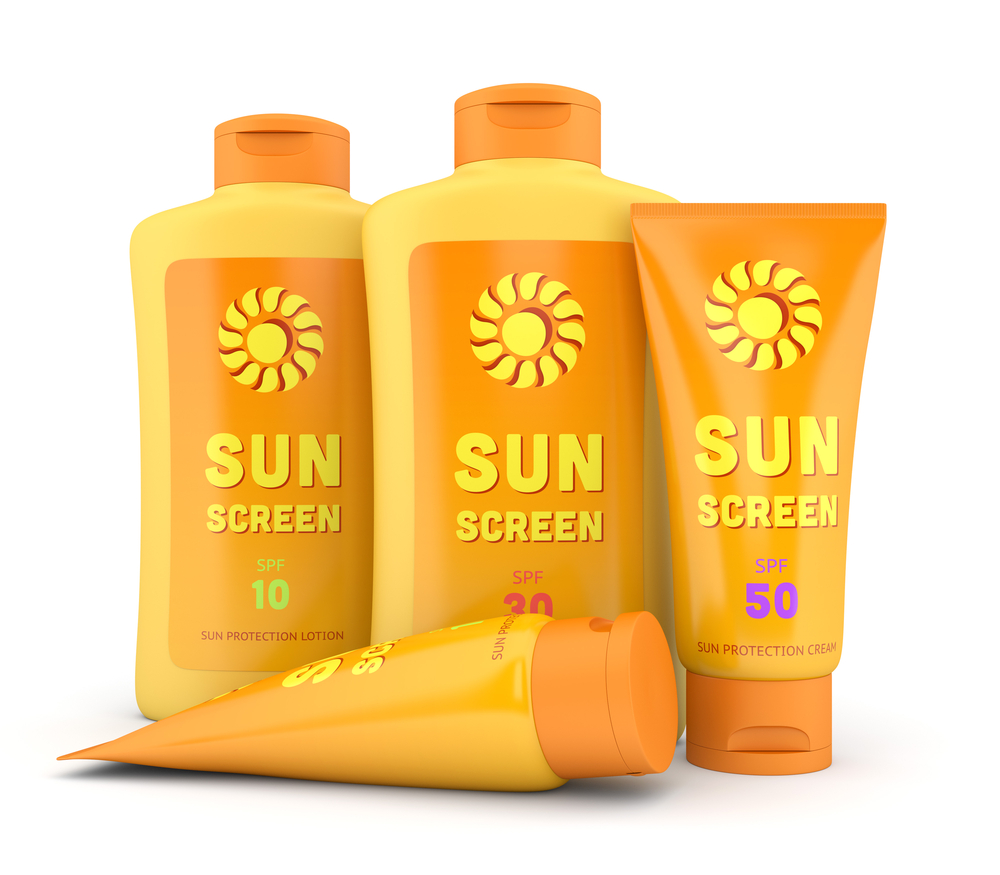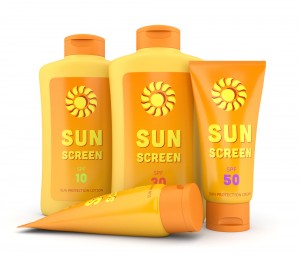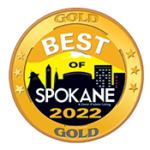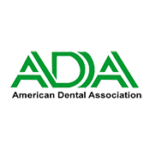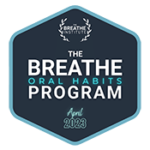Finding the Right Sunscreen for Your Family
Sunscreen, sunblock, sun lotion: it all does the same thing, it protects your delicate skin from the sun’s harmful rays. Children are more susceptible to burns because their skin is fresh and unaccustomed to the sun’s rays. Dermatologists say it takes just one severe burn to possibly double your child’s chances of developing skin cancer later in life. Whoa! This is serious business! Every year, sunscreens and tanning lotions stock the shelves, but it seems like the options continue to grow and labels can be confusing. How can you decide which one will suit you and your family’s lifestyle?
Before you Shop
First, there are important tips to take into consideration when shopping for a sunscreen. SPF (sun protection Factor) levels, ingredients, and formulation (lotion, spray, waterproof, sweatproof), are key things to not only consider, but also research before you begin the “screening” process. Another important tip is that sunscreen does expire, so if you have a bottle in your drawer from last summer, toss it, because the ingredients lose effectiveness over time. The lifespan of sunscreen is about one year, so plan on shopping for a new sunscreen each summer.
What to Look For
SPF
SPF factor is the first thing we typically notice, its the large number ranging from 15 all the way up to 75 or even 100.. SPF refers to protection from UVB rays, which cause burns, rather than UVA rays, which cause the long term damage. The number rating is the measure of time it would take for a sunburn to occur without sunscreen, compared to the lotion on. Lotions generally start at SPF 15. You want a sunscreen that will provide adequate protection so choose one with an SPF 30 or higher, depending on your usual sun exposure and where you live. For people who live in higher altitudes or closer to the equator, it is recommended to have a higher SPF. For every 1000 feet of altitude, there is a 4% increase in the sun’s ultraviolet rays! What about SPF’s of 50-100? Do those provide more protection? Not really. Level 15 is shown to block 94% of rays and level 30, 97% of rays; however, level 50 is shown to block 98% so you’re not doubling protection with twice the level. No sunscreen can block 100% of solar energy. So any product labeled higher than SPF 50+ offers less than 1% of additional protection beyond 98%.Opt for a level 30, which is the most recommended by dermatologists. Lower levels also tend to be less expensive for equal amount of protection. Look for a sunscreen that is also labeled “broad spectrum” to block against both UVB and UVA rays. These sunscreens are sometimes more difficult to find, but new FDA standards are making them easier to find then they were even a couple years ago. The find is well worth the extra protection for you and your family’s skin!
Formulation
Most of us applying sunscreen will be sweating or swimming, so it is important to pick sunscreen that is water/sweat resistant. The FDA has recently regulated labels to no longer claim “waterproof” or sweat proof” since no sunscreen is actually “proofed”. Products are allowed, however, to claim 40 or 80 minutes resistant. The FDA defines water resistant sunscreen as having an SPF level able to hold 40 minutes after being in the water, and 80 minutes for those with a higher SPF than 30. With this in mind remember to reapply no matter what type of formula you choose to use!
Spray on sunscreens are convenient, however, Consumer Reports has recently warned against their use due to the risk of inhaling the product. These sunscreens are expelled in a fine mist and may also not provide enough coverage, especially if it is windy. If you opt for sprays, it is recommended to spray it into your hand and rub it into the skin like lotion. Also avoid spraying these into the face. With any formula you choose, follow the instructions for application and be sure to give it time to dry and bond to the skin before heading out to play.
Ingredients
Children and babies have more sensitive skin which is easily irritated by chemicals in some sunscreens. If you’re not a label reader then this is one product you may want to take the time to read. Try to avoid sunscreens with these common chemical irritants: para-aminobenzoic acid (PABA). aveobenzone, homosalate and octisalate. Children’s sunscreens use ingredients less likely to irritate the skin, like titanium dioxide and zinc oxide which are minerals. Choosing a children’s sunscreen with zinc oxide or titanium dioxide is the safest bet since they sit atop the skin, without becoming fully absorbed like chemical ingredients.. For babies under 6 months, the American Academy of Pediatrics recommends they be kept out of the sun altogether. For children just over 6 months, sun exposure should be limited.
Brand
Try not to get caught up in brands. Spend some time looking at what ingredients each brand uses (Banana Boat, Coppertone, Ocean Potion, Neutrogena, Aveeno etc.) and keep your preferences in mind. Many store name/generic brands cost less and are basically the same product in different packaging, so read the labels!
After Your Purchase
Now that you are equipped with the knowledge you need to buy a safe sunscreen for you and your family, remember that sunscreen is only a small part of keeping safe outside under the sun. Wearing Ultraviolet safe glasses, hats, protective clothing, and staying inside or limiting exposure during peak UV hours (10am – 4pm) is critical in protecting your skin from sun damage!

